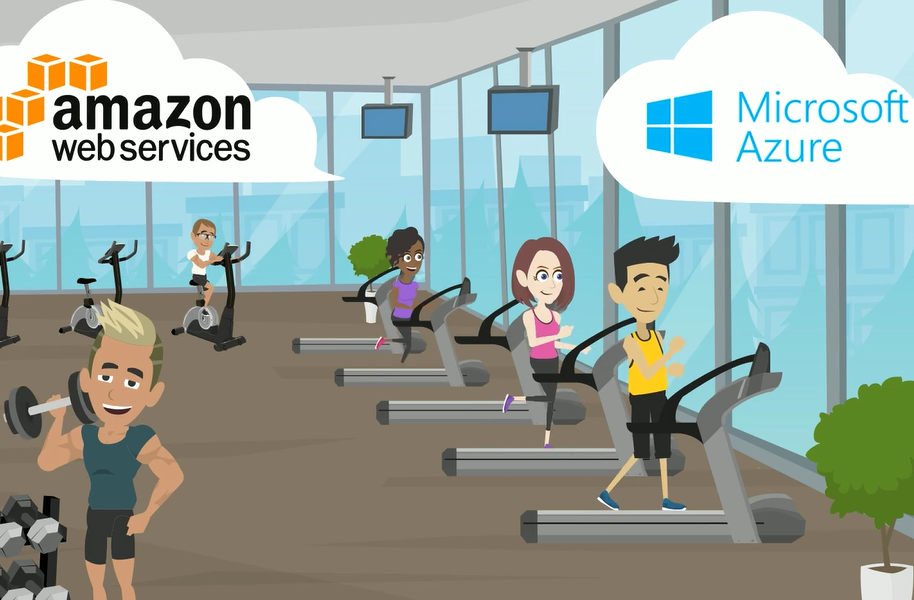Are Azure & AWS the “Gym Membership” of IT?
The new year is a time for change, and of course, for many, resolutions. One of the most common New Years resolutions involves exercise, which normally consists of an expensive gym membership and lots of good intentions. Many people have probably experienced the concept of the “forgotten” gym membership – you sign up, promising to get in shape this year, only to forget about it after two weeks while those charges sneak out of your bank account each month.
If you use Virtual Machines (VMs) in the cloud, they can follow a similar pattern. VMs and other cloud hosted services have a recurring cost which the end user is often abstracted from, as VMs exist virtually and are difficult to view concretely. It is therefore dangerously easy to forget about the cost of the VMs you may be running in the cloud, making those credit card charges subtly pile up.
You may not anticipate the problem of forgetting about your VMs, but it’s probably more likely than you think, particularly when you are running them in the cloud. Cloud services like Microsoft Azure offer support for various VMs with lots of benefits for development, testing, application virtualization and datacentre expansion. Running VMs in the cloud is appealing to many organizations, as they can combine a huge collection of virtual system instances with the flexibility and scalability of the cloud. But the danger lies in running a VM and forgetting about it, since it’s a virtual system and typically excluded from normal IT inventory and security practices. If you decide to use a VM instance for a specific project, and then a different one for the next project, the old one can be left running and accruing costs without being noticed.
Let’s go back to the gym membership analogy. Running VMs in the cloud is similar to having a gym membership: you can’t actually see them, but they have recurring costs that are charged whether or not they are being used. With a gym membership, there is no solution other than to actually use it and get your money’s worth (New Years resolution motivation!) However, for your VMs in the cloud, you can employ better strategies for managing them and tracking whether they are being used. Consider having a process in place that provides a notification every 30 or so days telling you that a VM is still running. Better yet, send this notification to the business manager who requested the service running in the cloud VM. If the business is still are using it – great. If not, it’s a good idea stop it and save all those wasted funds. And always remember: just because you can’t see it, does not mean it is not eating up your money! So take our advice and stick to your gym resolution, while making sure to track your VMs in the cloud. 🙂
To easily track & manage all of your cloud-related applications, you can try Vizor Software online for free now.
Struggling to manage Cloud Apps?





